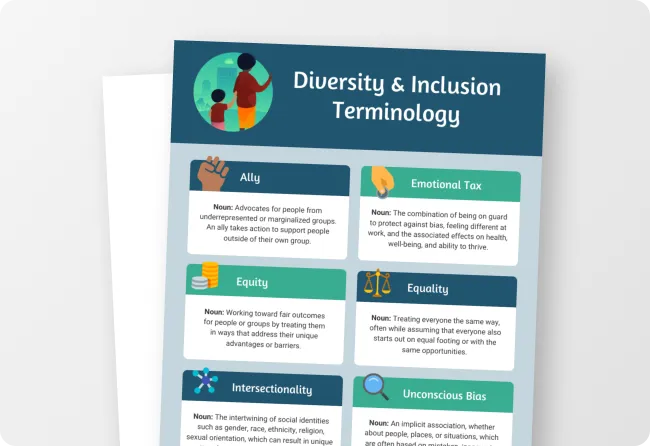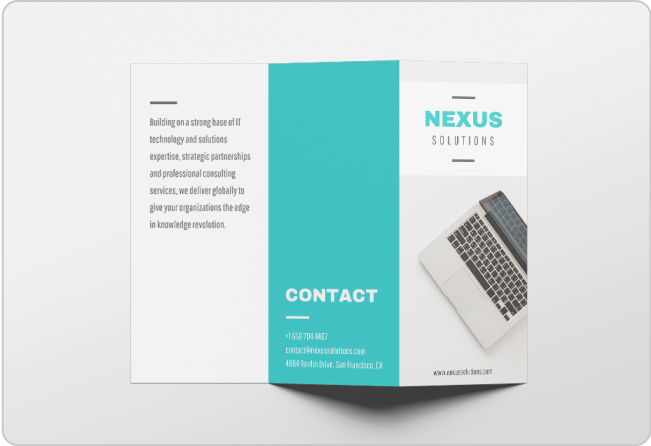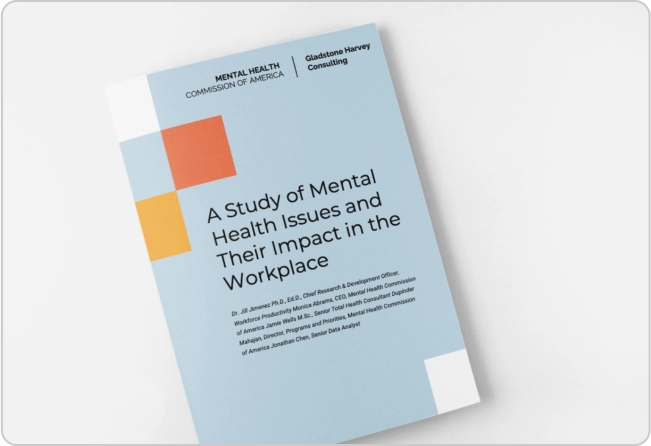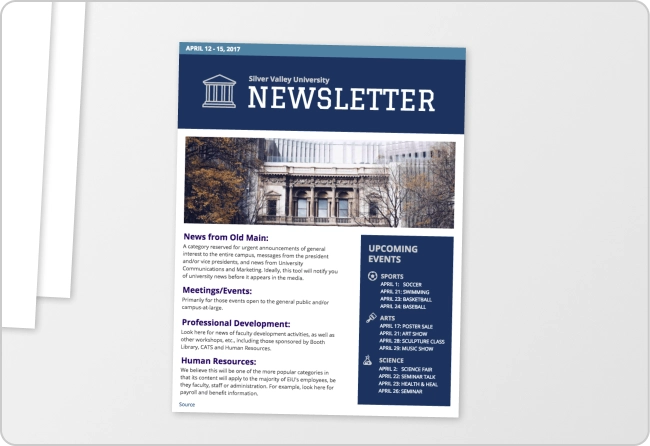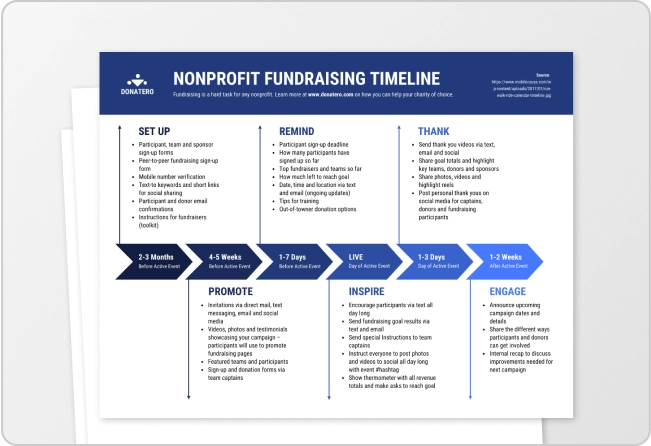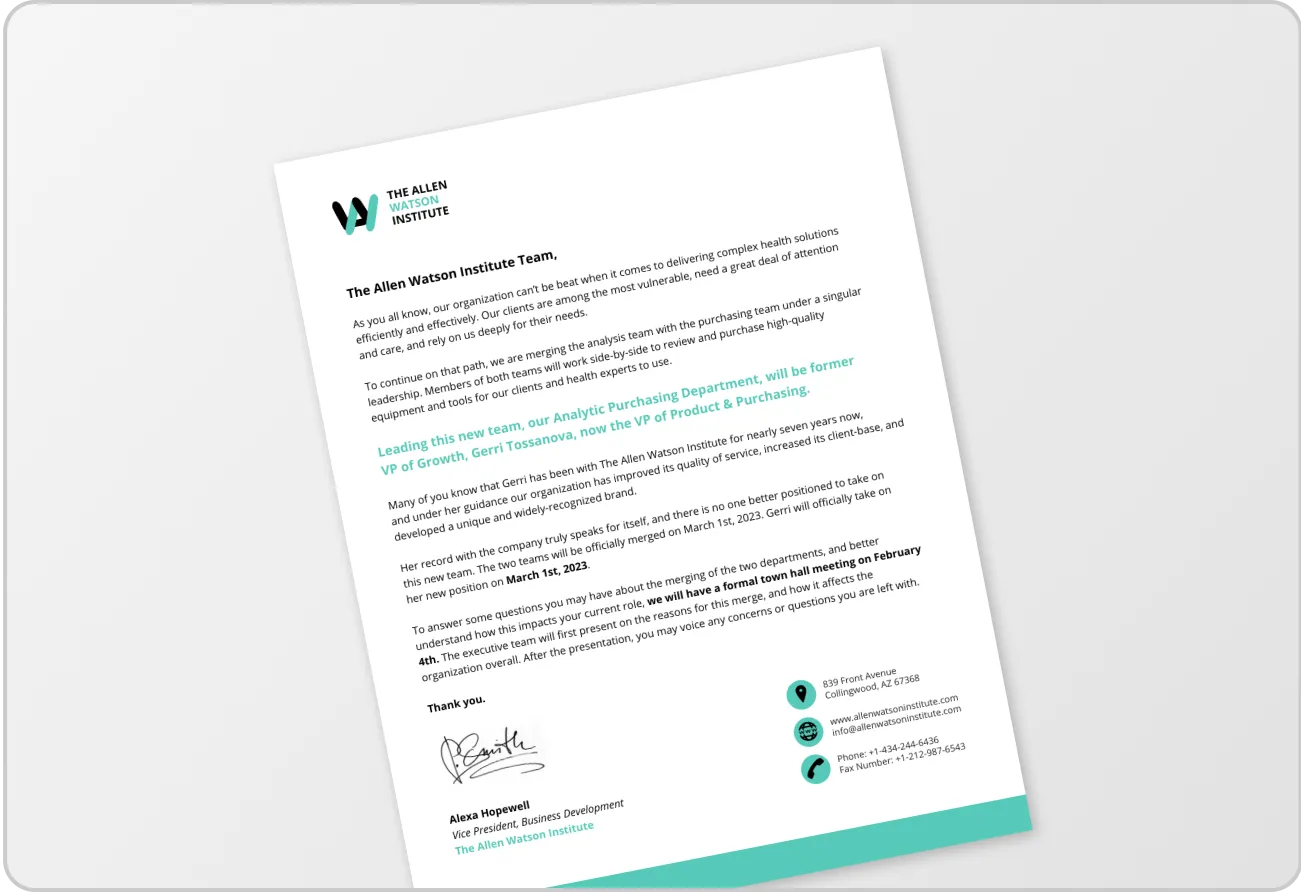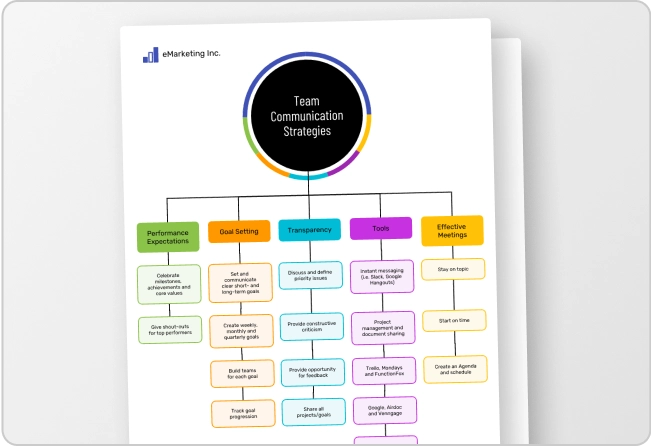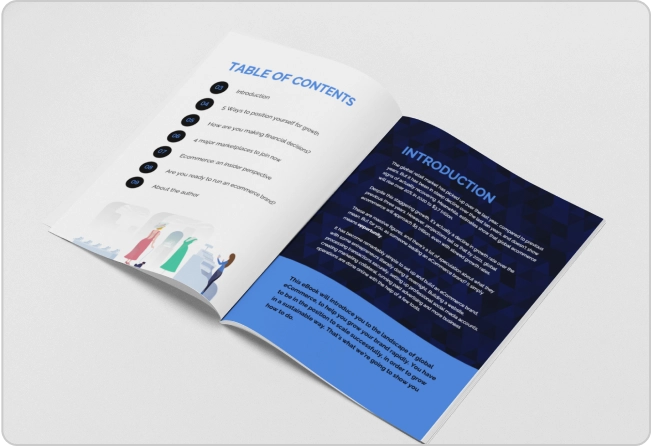
I never thought drawing a supply and demand graph would be this confusing.
Concept-wise, it felt easy enough: one curve goes up, the other goes down and the action happened somewhere in between.
But once I sat down to actually draw it, I realized how easy it was to get the trajectory wrong, label things incorrectly or miss what the graph was supposed to show in the first place.
And that’s a problem because if you can’t map one clearly, you’ll struggle to understand or explain growth trends, launch a new pricing strategy or identify why your website traffic suddenly shrank after November.
If you’re like me, don’t worry: I’ve found an easy way to overcome this skill gap. In this blog, I’ll walk you through how to draw a supply and demand graph properly, step by step.
Understanding the basics: Supply and demand
I won’t pretend that supply and demand are brand-new concepts. We all have heard of supply and demand.
But most explanations still make them sound like preparing for a college degree in economics: elite and convoluted.
Here’s a simple refresher to understand them.
Demand is how much of a product people want to buy at a certain price. The real intention to buy matters. Because everyone wants a Tesla, but if you can’t afford it, you’re not part of the real demand.
Supply, on the other hand, is how much of a product producers are willing to sell at a certain price. Not just how much they can produce, but what they’re willing to put on the market, given the effort, cost and profit margin.
When prices go up, demand tends to fall. Think of the time when streaming platforms hiked prices and suddenly everyone started canceling their subscriptions.
And when prices drop, demand goes up. You’ve seen how people’s stampede during Black Friday sales.
Supply works exactly the opposite. When prices rise, suppliers are willing to produce and sell more. That’s why cab drivers flood the ride-sharing apps during peak hours; higher fares mean better payouts.
And when more ride-sharing companies enter a new city, the increased supply often leads to price wars which makes it cheaper for people to take a cab instead of driving themselves.
The point where the two meet? That’s your equilibrium. And that’s exactly what most supply and demand graphs are built for. If you’re clear on this, drawing the graph becomes much easier.
Next, let’s break down the step-by-step process of how to actually draw a supply and demand graph.
Step-by-step guide to drawing a supply and demand graph
Now that you know how supply and demand work, you can turn the learning into something you can actually explain.
To reiterate, you can put this theory into presenting a growth trend, proposing a new pricing strategy or explaining a sudden drop (or spike) in website traffic.
You can create this graph either in Microsoft Excel or Google Sheets…whichever you find easy.
Here’s how to draw a supply and demand graph from scratch.
Step 1: Label the axes
Every graph has two axes and the supply and demand graph is no different. But don’t rush this step. How you label the axes makes all the difference between a graph that’s useful and one that just looks like a graph.
Here’s how to go about it:
- Label the vertical axis (called Y-axis), which stands for price. This is where you’ll map the different prices at which a product or service might be sold.
- The horizontal axis (called X-axis) represents quantity. This is the number of units bought or sold at those prices.
Keep the labeling clean and clear. If you’re doing this digitally, use tools that let you customize fonts and colors for readability. If you’re sketching by hand, take your time. The graph only works if people can understand what they’re looking at in seconds.
Pro-tip: Don’t clutter the graph with too many markers. Stick to 3–5 axes for both price and quantity so the graph is easy to follow.
Step 2: Plot the demand curve
Demand is what people are willing to buy at a set price. The demand curve slopes downward from left to right. Why? Because like we discussed above, a drop in prices leads people to buy (i.e. demand) more. And when prices rise, they buy less.
Let’s say you’re plotting the demand for iced coffee in the summer. Here’s a simple set of data to work with:

Now, take these data points and plot them on the graph. Each price maps to a quantity. Once you have all five points on the graph, connect them with a smooth curve. That’s your demand line.
Don’t stress about perfect curvature. What matters is that it clearly shows the relationship between price and quantity demanded: lower prices, higher demand or vice versa.
Step 3: Plot the supply curve
Now, let’s switch places. Remember, supply is what sellers are willing to offer at different price points. And unlike demand, the supply curve slopes upward from left to right. Why? Because sellers want to sell more if they can charge more.
Using the same iced coffee example, here’s a basic supply schedule:

Start plotting these points on the above graph, then draw a smooth curve that moves upward from left to right. That’s your supply line.
Now your graph is starting to look like something an economist might nod at.
Step 4: Identify the equilibrium point
This is the part most people fumble, but it only makes sense after the other steps are in place.
Look at where the two curves intersect, i.e. the equilibrium. It’s where the quantity demanded equals the quantity supplied. Buyers are willing to pay that price and sellers are willing to supply that quantity.
In other words, everyone is happy.
Going by the iced coffee example, both demand and supply meet at $4 per cup and 30 units. That’s your equilibrium price and quantity.
Make sure to clearly mark this intersection on your graph. It’s the whole point of drawing the graph in the first place.
But what if the curves shift?
Your supply and demand graphs aren’t set in stone. It should move with the market.
That’s because real markets are messy. Buying behaviors aren’t static, seasons change and unexpected events can shake things up overnight.
That iced coffee that everyone loved last summer? It might see a spike in demand during a heatwave and drop off completely when pumpkin spice season rolls around.
Knowing how to draw and read these market shifts will help you anticipate changes, adapt to them or stay ahead of trends.
Factors that shift supply and demand curves
If price is the engine that drives supply and demand, then everything else happening around it is the traffic and weather.
And just like a smooth road can suddenly get messy after a downpour or due to a traffic jam, markets are unpredictable even if your pricing variable stays the same.
I looked up the literature for this and this is what economists call “non-price determinants.” In layman’s terms, these variables are wild cards that can change the market dynamics without touching the price.
In the case of our beloved iced coffee, another lockdown-like situation, a PR scandal involving your brand or a new coffee brand can shift demand against you.
Factors that shift the demand curve
Let’s look at these non-pricing demand shifters in detail:
- Consumer income
When buyers have more money, they tend to spend more. And not just on fancier things, just more of what they already like. Think: splurging on extra iced coffee after getting a bonus.
However, when money’s tight, people are quick to swap their favorite Starbucks Iced Mocha for a $1 decaf from the corner store or whatever’s free at the office vending machine.
- Tastes and preferences
Trends aren’t just fluff. They move markets. A viral TikTok about a new oat milk-based “healthy” coffee drink can make regular iced coffee look downright diabetic. Shifts in buyer preferences can drive up demand like crazy or push it to obscurity without any warning.
- Expectations
If people expect prices to rise, they buy more now. If they expect a recession, they hold off.
Remember the toilet paper rush during the COVID-19 panic? Or during the 2008 financial crisis, when many delayed big purchases fearing job loss and tighter budgets. The market swings between demand and supply like a pendulum, depending on what way the wind is blowing.
- Prices of related goods
It’s like the value of shovels during a gold rush: the price and demand for mining tools can have a ripple effect on your product’s supply and demand.
When the price of coffee creamers goes up, it can drive customers away from your iced latte. On the other hand, if the cost of ingredients like Kopi Luwak beans goes down, suddenly your iced coffee becomes a more attractive choice. And that can boost demand for your coffee brand without any change in price.
- Number of buyers
More buyers means more demand. It’s why local cafés see more sales during busy tourist seasons. Fewer buyers and the demand shrinks.
Understanding who your buyers are and how that group cycles through different buying behaviors, can help you anticipate demand swings before they hit.
Factors that shift the supply curve
Now, let’s look at the behind-the-scenes factors that can affect how supply shifts regardless of price.
- Raw material costs
If the cost of raw materials or labor rises, producing your iced coffee becomes more expensive. Suppliers will cut back. And if costs drop, margins improve and supply tends to go up.
- Technology
Better tech equals more efficient production. A new espresso machine that cuts brewing time in half could double your output. Tech boosts supply without needing more resources.
- Government policies
High taxes can limit supplies, while tax relief often encourages it. If your café gets a tax break on sustainable cups, you will most likely stock more of them.
- Number of sellers
When more producers enter the market, supply expands. If a premium coffee brand launches five new outlets in your city, more choices for buyers to shop from. Similarly, fewer sellers mean tighter supply. It’s the reason why gourmet coffee is scarce and more expensive.
Real-world applications of supply and demand graphs
Contrary to what most people think, supply and demand graphs aren’t limited to academic circles.
They’re practical decision-making tools used in business boardrooms, trading floors, government offices and even your neighborhood cafés.
Whether you’re pricing your product, forecasting growth or planning inventory, these graphs offer you an easy way to predict how people behave when markets evolve.
Here are a few real-world applications of supply and demand graphs happening around you right now:
1. Pricing strategy
Businesses routinely use supply and demand analysis to find the sweet spot between too cheap and too expensive.
Price your iced coffee too low and you may attract more customers than you can handle. Plus, thin margins will lead you to losses. Price it too high and you may be left with a fridge full of unsold cold brew.
Supply and demand graphs help visualize this trade-off so brands can make better calls.
Here’s an example template that compares the demand for luxury goods in the U.S. over a 10-year graph:

2. Retailers
Retailers online and offline use these graphs routinely to plan high-demand seasons. Ever wondered why swimsuits get cheaper after summer? Or why tech gadgets are more expensive during the holidays? It’s supply-demand dynamics at play.
Here’s a really simple line chart template that can help you calculate your profit by plotting your product sales:

3. Policy-making
Governments analyze supply and demand curves to decide when to intervene. If housing prices soar due to limited supply, for instance, the government may push them to ease zoning regulations or offer tax breaks to developers.
If school nutrition program expenses spike unexpectedly, policymakers can step in with additional funding to keep the program running smoothly.
But governments don’t make these decisions arbitrarily. They often rely on budget forecasts and actual spending trends to shape effective, data-backed interventions.

4. Investors and financial analysts
Of course, the financial experts rely on these graphs. A sudden shift in demand for semiconductors or lithium might signal new opportunities (or perhaps risks). For them, reading supply and demand is a way to get ahead of the market and make relevant bets.
This supply and demand analysis graph helps financial experts at an oil refinery determine a fair market price per gallon of oil:

5. Startups
New startups apply supply-demand thinking to sharpen their go-to-market strategies. If you’re launching in a crowded market, for instance, you better supply something better (or cheaper). If you’re creating a new category with unmet demand, scale before competitors catch on.
Here’s a graph template that new businesses in a crowded market can use this graph to test pricing. For instance, a SaaS startup can plot how many users sign up for their product at different price points and see where demand meets supply.

Supply and demand graphs can clearly show the relationship between price and quantity, but only if they’re presented accurately. To avoid common pitfalls, see our guide on misleading graphs.
How to create a supply and demand graph in under 10 minutes
Understanding the concept of supply and demand is one thing. But drawing it in a way that’s clear enough for your team, client or classroom? That’s where most people get stuck (including me).
The good news: you don’t have to be an Excel wizard or an economics professor to build one.
With Venngage’s drag-and-drop templates, you can draw a supply and demand scenario in just a few clicks.
I did it and I never took Econ 101 or crunched numbers in a spreadsheet.
Whether you’re pitching a new pricing model or trying to figure out why coffee sales dipped last month, you can use Venngage to create a visual graph that can help you plot a supply and demand graph in under 10 minutes.
Let me show you how easy this is:
Step 1: Pick the right template
Start with Venngage’s Graph Maker. It comes with a ton of graph templates that you can customize to create engaging graphs:

Most graph templates in Venngage are already formatted with the X and Y axes to help you show how quantity responds to price changes.
For this tutorial, we’ll go with this supply and demand line graph template:

Step 2: Customize your axes
You’ll need to adjust the numerical ranges based on your specific needs. For instance, if you’re plotting demand at prices ranging from $2 to $6, make sure your Y-axis covers that range.
- Y-axis (vertical): Label this as “Price (USD per cup)”
- X-axis (horizontal): Label this as “Quantity (cups of iced coffee sold per day)”
For ease of plotting this graph, I’ll keep the minimum and maximum value for the price axis in cents. You can customize the graph data by double-clicking the graph design:

Step 3: Plot your demand curve
Next, add your demand data points. Click on the Data tab in the same Edit Chart panel and enter the numbers you want.
Here’s how I did it:

Once again, I made the edits based on our iced coffee example. As the price drops from $6 to $2, the quantity sold rises from 100 to 500 cups/day. This will create a demand line in the graph.
Step 4: Plot the supply curve
Here, you’ll need to add the supply data. Like we discussed earlier, if the price increases from $2 to $6, more cafés are willing to sell, raising the quantity from (let’s suppose) 150 to 350.
This will give you an upward-sloping supply curve:

Step 5: Highlight the equilibrium
Where your supply and demand lines intersect is the market equilibrium: the sweet spot where supply meets demand.
In this example, that point is 30 cups at $2.50 per cup. You can use Venngage’s annotation features to clearly label this.

Step 6: Customize the design
Want to make it on-brand? Add your logo, change the colors to match your company’s palette or drop in an iced coffee icon for flavor (pun intended).
Venngage lets you do all that with zero design background.
For our example, I replaced the default icons with other non-price determinants that can improve the café’s sales. These include healthy all-day breakfast options, a new coffee variety, home delivery and free Wi-Fi:

Once you’re happy with the graph, export it as a PNG, PDF or even a presentation slide. You may also create a private link to share with your team or an embed code to insert it directly into an annual report.

Pro tip: Want to show what happens when trends change or new competitors enter the market? Just duplicate your graph and adjust the curve positions. This is a great way to illustrate shifting scenarios without redrawing everything.
The graph that explains (almost) everything
If you’ve made it this far, congrats! You now have a new skill that you can use to explain a good chunk of what happens in real-world markets.
While markets in the real world are messier than the tidy graphs in textbooks, understanding the fundamentals gives you a competitive edge. Whether you’re running a business, launching a product, managing inventory or just trying to make sense of the headlines, this is the kind of thinking that separates the reactive from the strategic.
Want to bring your graphs to life? Sign up with Venngage to overcome your spreadsheet-related anxieties and design clear supply and demand graphs in minutes.




























